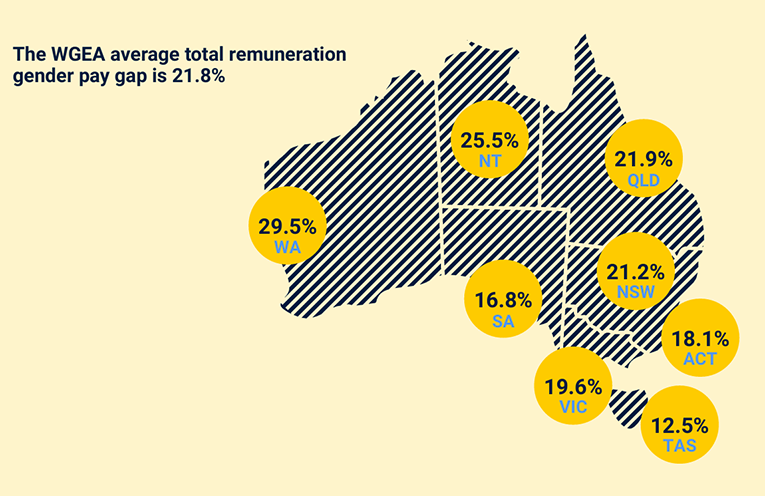
AUSTRALIA’S gender pay gap has narrowed further, helped by wage bumps in the aged care sector where four in five workers are women.
Naming and shaming individual companies is also proving effective at pushing employers to root out the causes of their pay gaps and act on them.
 Advertise with News of The Area today.
Advertise with News of The Area today.It’s worth it for your business.
Message us.
Phone us – (02) 4981 8882.
Email us – media@newsofthearea.com.au
The average total remuneration gender pay gap is 21.8 percent, down 0.6 percentage points compared to 2023.
Women are earning 78c for every dollar men make.
The Workplace Gender Equality Agency looks at the difference between the average rates of pay of women and men across the workforce.
It’s not about measuring whether workers are paid equally for the same role, which is a legal requirement.
The 2023-24 scorecard captured a 13 percentage point jump in the proportion of employers embarking on a gender pay gap analysis.
Publicly publishing pay gaps of individual employers, which started earlier this year, was driving action, Workplace Gender Equality Agency chief executive Mary Wooldridge said.
“That’s been really positive,” she told AAP.
“We haven’t yet seen that flow through to big shifts in composition or pay, but that’s the exact work that needs to be done.”
Paid parental leave and other policies aimed at improving equity across caring responsibilities are some of the ways employers can chip away at their pay gaps.
The proportion of employers offering paid parental was higher compared to the year before, as well as the rate of men taking primary carer leave.
Fresh insights into the leadership level were less promising.
Thanks to legislative change, the agency was able to include gender pay gaps across chief executive officers, heads of business and casual managers for the first time.
The pay gap across heads of business and chief executives was higher than lower level managerial roles, with the average female CEO paid, on average, $158,632 less total remuneration than men.
Representation of women on boards remained stubbornly low and even worse in male-dominated industries.
“The fact that one in four governing bodies still don’t have any women on them at all, is amazing in this day and age, when we know the evidence base tells us that having a diversity of perspectives around the board leads to better decision making and better profitability and better productivity,” Ms Wooldridge said.
By Poppy Johnston JOHNSTON, AAP
